Welcome to our practical guide on incorporating dry fruits into your diabetes management plan. Diabetes, whether type 1 or type 2, requires careful attention to diet to maintain stable blood sugar levels. Dry fruits, while rich in nutrients, also contain natural sugars that can affect blood glucose. However, with the right knowledge and approach, they can be enjoyed as part of a balanced diet. In this guide, we’ll explore the benefits of dry fruits for diabetics, discuss their nutritional value, and provide recommendations for incorporating them into your daily routine. A comprehensive list of dry fruits for diabetics to eat.
First and foremost, it’s essential to understand the role of dry fruits in diabetes management. While they offer concentrated nutrients and energy, their natural sugars can cause fluctuations in blood sugar levels if consumed in excess. However, the fiber content in dry fruits helps regulate blood sugar by slowing down digestion and absorption. Additionally, their nutrient density makes them a valuable addition to a diabetic diet, providing essential vitamins, minerals, and antioxidants that support overall health.
Diet plays a critical role in managing diabetes and controlling blood sugar. Careful food choices can help keep blood glucose levels in check. Dry fruits are concentrated sources of nutrients and energy, but they also contain natural sugars. The key is moderation incorporating the right dry fruits as part of an overall balanced diet can provide health benefits for diabetics.
Next, we’ll delve into the nutritional profile of various dry fruits and their specific benefits for individuals with diabetes. From almonds and walnuts to dried apricots and raisins, each type of dry fruit offers unique advantages. We’ll discuss recommended serving sizes and highlight the best options to include in your diet. By understanding the nutritional content of different dry fruits, you can make informed choices that support your diabetes management goals while enjoying delicious and nutritious snacks. Let’s Discover a comprehensive list of dry fruits for diabetics to eat. Learn how to manage blood sugar levels effectively with these nutritious and delicious options.
If you’ve ever experienced the discomfort of food stuck in a wisdom tooth hole, you know how frustrating it can be. But fear not, as we’ve got you covered with valuable tips for both relief and prevention. Check out our comprehensive guide on “Dealing with Food Stuck in Wisdom Tooth Hole Tips for Relief and Prevention” to learn practical strategies for managing this common issue. Whether you’re seeking immediate relief or looking to prevent future occurrences, our tips will empower you to navigate this challenge with confidence and ease.
Table of Contents
ToggleBenefits of Dry Fruits for Diabetics
Dry fruits can be a healthy addition to a diabetic diet because they have a low glycemic index. This means they do not cause sharp spikes in blood sugar levels. Their fiber content also helps regulate blood sugar levels by slowing digestion and absorption of sugars into the bloodstream.
Other benefits of dry fruits for diabetics include:
- Packed with nutrients like healthy fats, protein, vitamins, minerals, and antioxidants
- Filling and nutritious snack option to help manage hunger and energy levels
- May help lower LDL cholesterol and blood pressure
- Provide fiber to promote digestive health
- Portable, easy to incorporate into meals and snacks
With their concentrated sweet flavor and variety of health benefits, dry fruits are a smart choice in a diabetic diet when eaten in moderation.
Nutrition Facts
Dry fruits are nutritious and good sources of fiber, vitamins, and minerals that can benefit diabetes management. Some key nutrients in dry fruits include:
- Fiber – Dry fruits are high in fiber, which helps slow digestion and control blood sugar spikes. Fiber also promotes feelings of fullness.
- Vitamins – Dry fruits contain antioxidants like vitamin E and vitamin C that can help reduce inflammation and oxidative stress, common problems in diabetes.
- Minerals – Minerals like magnesium, calcium, potassium, manganese, copper, and zinc are abundant in dry fruits. These help regulate blood pressure and blood sugar.
With their unique nutritional profile, dry fruits make excellent additions to a diabetic diet when consumed in moderation.
Recommended Servings
When incorporating dry fruits into a diabetes-friendly diet, moderation and portion control are key. The recommended serving sizes per day are:
- Nuts – 1 ounce or a small handful
- Seeds – 1⁄4 cup
- Dried fruit – 1⁄4 cup or about 2-3 pieces
It’s best to measure portions to stay within these guidelines. Overdoing high-calorie dried fruits and nuts can hinder blood sugar management. Splitting servings into two or more smaller portions spaced throughout the day helps keep portions controlled.
For example, rather than eating 1⁄4 cup of almonds at once, you could have 2 tablespoons now and 2 tablespoons later. This helps the body digest and metabolize the nuts’ nutrients and fats more steadily.
List of Dry Fruits for Diabetics to Eat
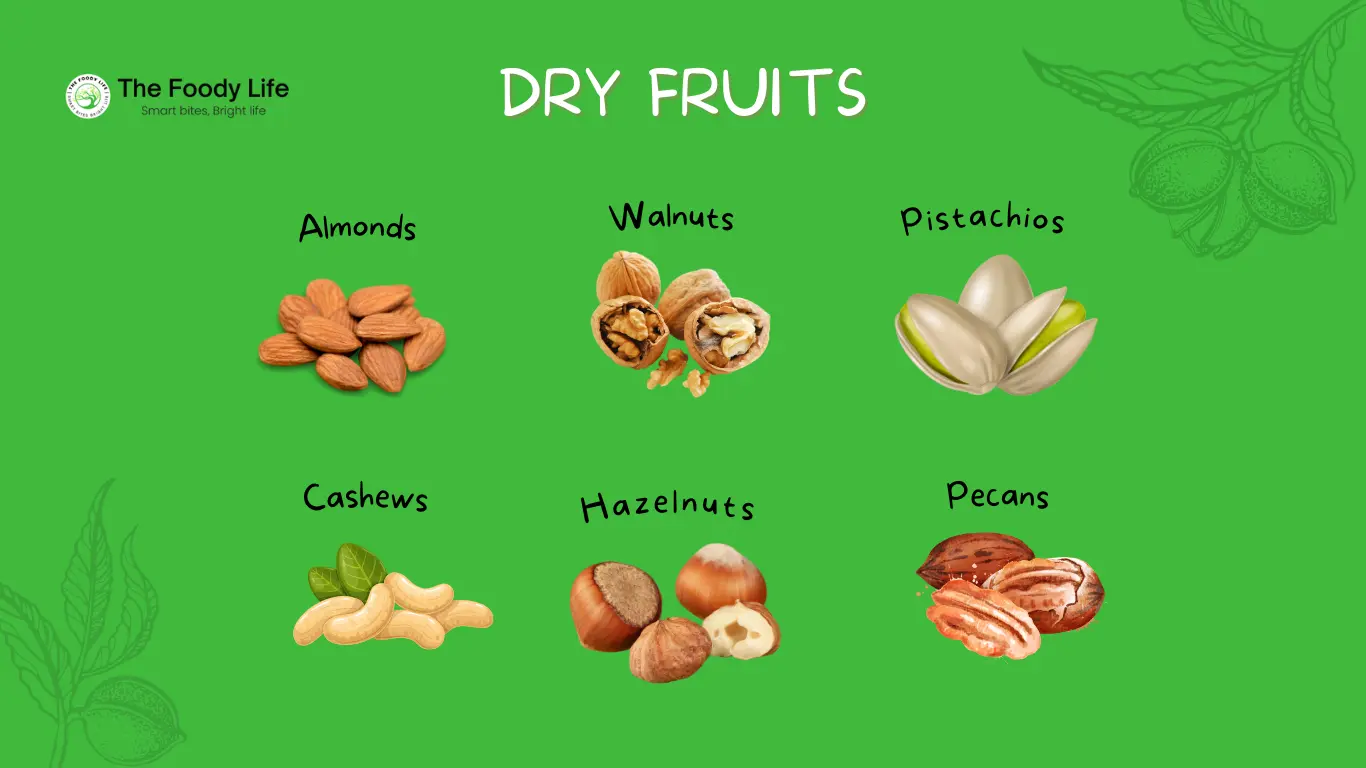
Several dry fruits make excellent choices for diabetics when consumed in moderation. Here are some of the top options:
Almonds
Almonds are packed with protein, fiber, magnesium, and vitamin E. They have a low glycemic index, meaning they won’t cause sharp spikes in blood sugar. Unsweetened almond varieties are best.
Walnuts
Walnuts contain omega-3 fatty acids which help lower inflammation. They’re also a good source of fiber and protein. Limit portions to a handful, as walnuts are high in calories.
Pistachios
Pistachios offer antioxidants, potassium, vitamin B6, and thiamine. Their shells make them more work to eat, which prevents overdoing portions. Avoid salted, honey-roasted, or candy-coated pistachios.
Cashews
Cashews provide copper, magnesium, zinc, iron, and biotin. However, they are higher in carbohydrates and calories than other nuts so portion control is important. Choose raw, unsalted cashews.
Pecans
Pecans contain magnesium, copper, manganese, and vitamin B1. They have a mild flavor that makes them a versatile ingredient. Stick with a 1-ounce serving to keep calories in check.</p>
Hazelnuts
Also known as filberts, hazelnuts are loaded with healthy fats and fiber. They have vitamin E, manganese, and folate as well. Avoid chocolate or sugar-coated varieties.
Almonds
Almonds are one of the best dry fruits for diabetics. Just a handful of almonds provides a good amount of protein, fiber, magnesium, and vitamin E. Almonds have a low glycemic index, meaning they do not cause sharp spikes in blood sugar. The healthy fats in almonds also help improve cholesterol levels.
A 1 ounce (about 23 almonds) serving contains:
- Calories: 163
- Fat: 14g
- Protein: 6g
- Fiber: 4g
- Magnesium: 76mg
- Vitamin E: 37% DV
Almonds can be enjoyed on their own as a snack or added to yogurt, oatmeal, salads, or stir fries for extra nutrition and crunch. Try making your own homemade trail mix with almonds, walnuts, and dried apricots for a diabetes-friendly snack on the go.</p>
Walnuts
Walnuts are a great nut choice for diabetics due to their many health benefits. They are loaded with healthy fats, protein, fiber, and various vitamins and minerals.
A 1 ounce serving of walnuts contains 4g of protein, 2g of fiber, and 18g of healthy fats including ALA omega-3 fatty acids. Walnuts are especially high in manganese, copper, molybdenum, and biotin. They also contain antioxidants like vitamin E and polyphenols that can help reduce oxidative stress and inflammation.
Research shows that eating walnuts may improve heart health, control blood sugar, and reduce the risk of type 2 diabetes. The fiber, protein, and healthy fats in walnuts help slow digestion and prevent blood sugar spikes after meals. Walnuts may also improve insulin resistance.
Walnuts can be easily incorporated into the diet. Try adding them to oatmeal, yogurt, salads, or baked goods. Or enjoy a small handful as a snack. Around 14 walnut halves make a healthy 1 ounce serving. Since they are high in calories, limit portions to about 1-2 servings per day.
Pistachios
Pistachios are a great dry fruit option for diabetics. Just one ounce of pistachios contains 6 grams of protein, 3 grams of fiber, and only 8 grams of carbohydrates.
The high fiber and protein content helps slow digestion and prevent blood sugar spikes. Pistachios also provide key nutrients like thiamin, phosphorus, copper, and manganese.
Research shows that eating pistachios may improve blood sugar control, lower LDL cholesterol, and reduce inflammation.
Aim to limit portions to around 1 ounce per day to keep calories in check. Pistachios make a tasty snack on their own or can be added to salads, yogurt, oatmeal, or entrees for extra nutrition and crunch.
Cashews
Cashews are a healthy nut choice for people with diabetes. Just an ounce of cashews contains:
- 161 calories
- 5g protein
- 9g fat (mostly healthy unsaturated fats)
- 9g carbs
- 1g fiber
The healthy fats in cashews can help regulate blood sugar levels and reduce inflammation. The magnesium in cashews helps the body use insulin more efficiently. Cashews also provide copper and biotin, which are important for energy production.
Aim for a 1 ounce serving, about 18 cashew halves. Cashews can be enjoyed on their own as a snack, added to salads or stir fries, or made into cashew butter. Those watching their weight may want to limit portions since cashews are higher in calories than other nuts. Overall, cashews are a tasty and nutrition-packed addition to a diabetic diet when enjoyed in moderation.
Pecans
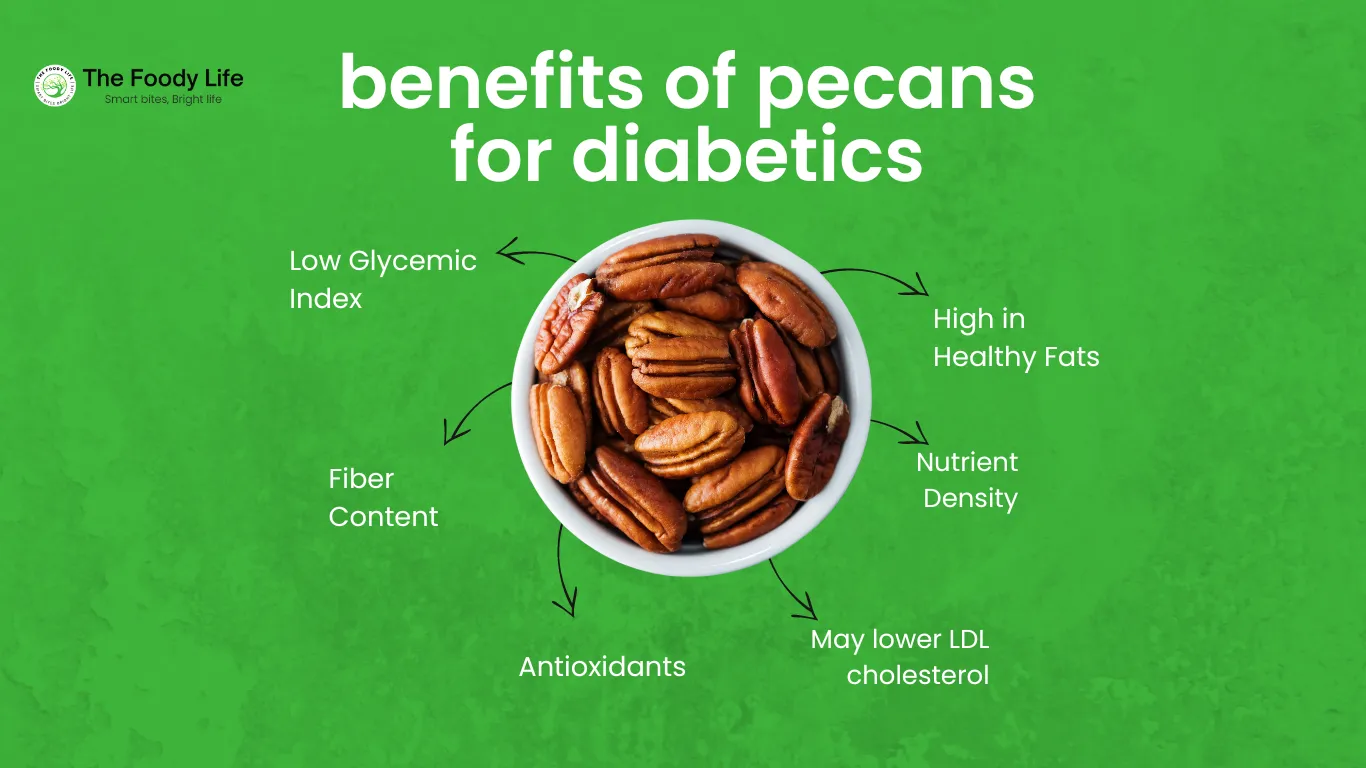
Pecans are a nutritious addition to a diabetic diet. Just an ounce of pecans contains 3g of protein and 2g of fiber. Pecans are especially rich in healthy fats, providing 10g of monounsaturated fat per serving. The high fiber and fat content in pecans helps promote feelings of fullness and can help manage blood sugar levels.
Some of the key benefits of pecans for diabetics include:
- Low glycemic index – Pecans have a low score on the glycemic index, meaning they won’t cause a spike in blood sugar.
- Antioxidants – Pecans contain antioxidants like vitamin E that can help reduce inflammation and oxidative stress.
- May lower LDL cholesterol – Research indicates that adding pecans to your diet can help lower LDL cholesterol levels.
Pecans make a great snack on their own or can be used to add crunch and flavor to salads, yogurt, oatmeal, and more. Try topping Greek yogurt with chopped pecans and cinnamon or adding pecans to your morning oatmeal. You can also use pecans to coat chicken or fish before baking for a crunchy, flavorful crust.
Hazelnuts
Hazelnuts are an excellent source of healthy fats, fiber, vitamins, and minerals for people with diabetes. Just 1 ounce of hazelnuts contains:
- 17 grams of fat, mostly monounsaturated and polyunsaturated fats that protect heart health
- 3 grams of dietary fiber to support blood sugar control
- 21% of your daily vitamin E needs – an antioxidant that fights free radical damage
- 12% of your daily thiamin, which converts carbs into energy
- 8% of your daily magnesium for bone strength
The monounsaturated fats in hazelnuts have been shown to improve insulin sensitivity and blood sugar management. The dietary fiber helps slow digestion to prevent blood sugar spikes.
Hazelnuts can be enjoyed raw for a crunchy snack or chopped and added to oatmeal, yogurt, salads, or baked goods. Try spreading hazelnut butter on whole grain toast or apple slices for a nutritious snack.
Dried Apricots
Dried apricots are a healthy choice for diabetics. They are low in fat and high in fiber. Just 1/4 cup of dried apricots contains 3 grams of fiber, which helps regulate blood sugar levels. Dried apricots have a low glycemic index, meaning they do not spike blood sugar quickly.
Dried apricots are a good source of vitamins and minerals that are important for diabetics. They contain vitamin A for eye health, iron for blood health, and potassium to regulate blood pressure. They also provide antioxidants like beta-carotene and lycopene.
You can enjoy dried apricots as a snack on your own or pair them with nuts for extra protein. Be sure to stick to the recommended serving size of 1/4 cup. You can also chop dried apricots and add them to oatmeal, salads, or yogurt parfaits. When cooking, dried apricots can be used to make chutneys and compotes, or baked into muffins and breads.
Raisins
Raisins are dried grapes that contain fiber, antioxidants, and various nutrients like iron, potassium, and B vitamins. Just 1/4 cup of raisins contains 1.6 grams of fiber. The fiber and antioxidants in raisins can help regulate blood sugar levels after eating. Raisins have a low glycemic index, meaning they do not cause major spikes in blood sugar. This makes them a diabetes-friendly fruit option.
Some key nutrients and benefits of raisins include:
- Fiber – promotes fullness and digestive health
- Potassium – supports heart health and muscle function
- Iron – prevents anemia and boosts energy
- Antioxidants – protect cells from damage
Raisins make a great easy snack on their own. You can also incorporate them into dishes like oatmeal, salads, trail mixes, and yogurt parfaits. Try adding them to savory dishes too like stuffing, pilaf, or coleslaw. With versatile uses, raisins are an ideal way for diabetics to get a sweet flavor without spiking blood sugar.
What to Avoid
While most dry fruits can be healthy choices for people with diabetes, there are some varieties that should be limited due to their high sugar content.
Added sugars are often used to sweeten some dried fruits to improve their taste. However, added sugars cause spikes in blood glucose levels and should be minimized by people with diabetes.
Some common dried fruits to avoid or limit include:
- Dates – Very high natural sugar content and often coated with added sugars.
- Dried mango – Has natural sugar but is also often sweetened with added sugars.
- Dried pineapple – Typically sweetened with added sugars.
- Dried papaya – Tends to have added sugar.
- Raisins – Can be high in natural sugars. Limit portion sizes.
- Cranberries – Sweetened varieties have added sugar.
When choosing dried fruits, read nutrition labels and watch for added sugars. Opt for unsweetened or lightly sweetened options in small servings.
Tips for Incorporating
Dry fruits can be easily incorporated into a diabetic diet in creative ways. Here are some tips:
- Add slivered almonds, walnuts, or pecans to your morning oatmeal or yogurt for extra crunch and nutrition.
- Make homemade trail mixes with nuts, seeds, and unsweetened dried fruits for a handy snack
- Toast nuts and sprinkle on top of salads for added protein.
- Stir diced dried apricots, cranberries, or raisins into couscous or rice dishes.
- Blend nuts into smoothies or nut milk for a nutrition boost.
- Top your yogurt or cereal with chopped nuts instead of granola.
- Make pesto with walnuts or pine nuts to toss with whole grain pasta.
- Use chopped nuts to coat fish, chicken, or tofu before baking.
Get creative and have fun finding new ways to enjoy small portions of nuts and dried fruits!


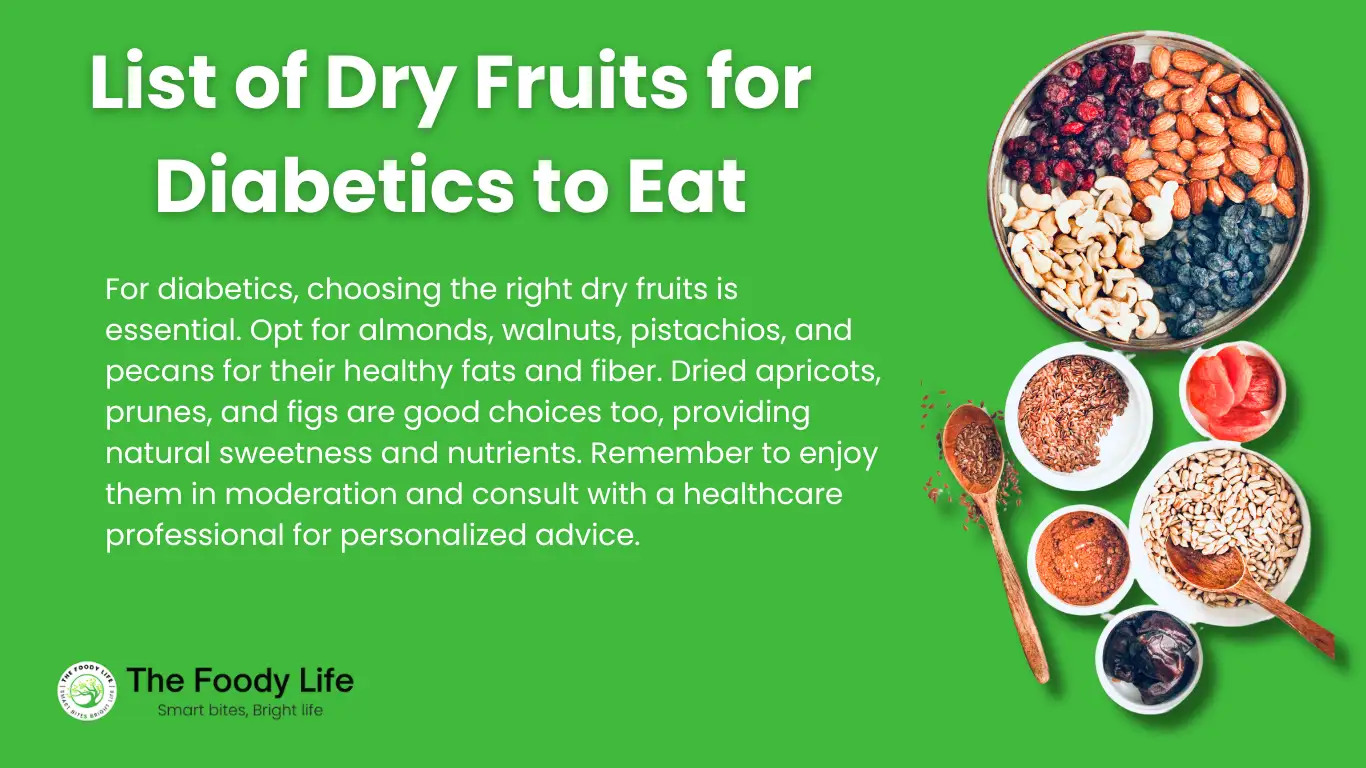
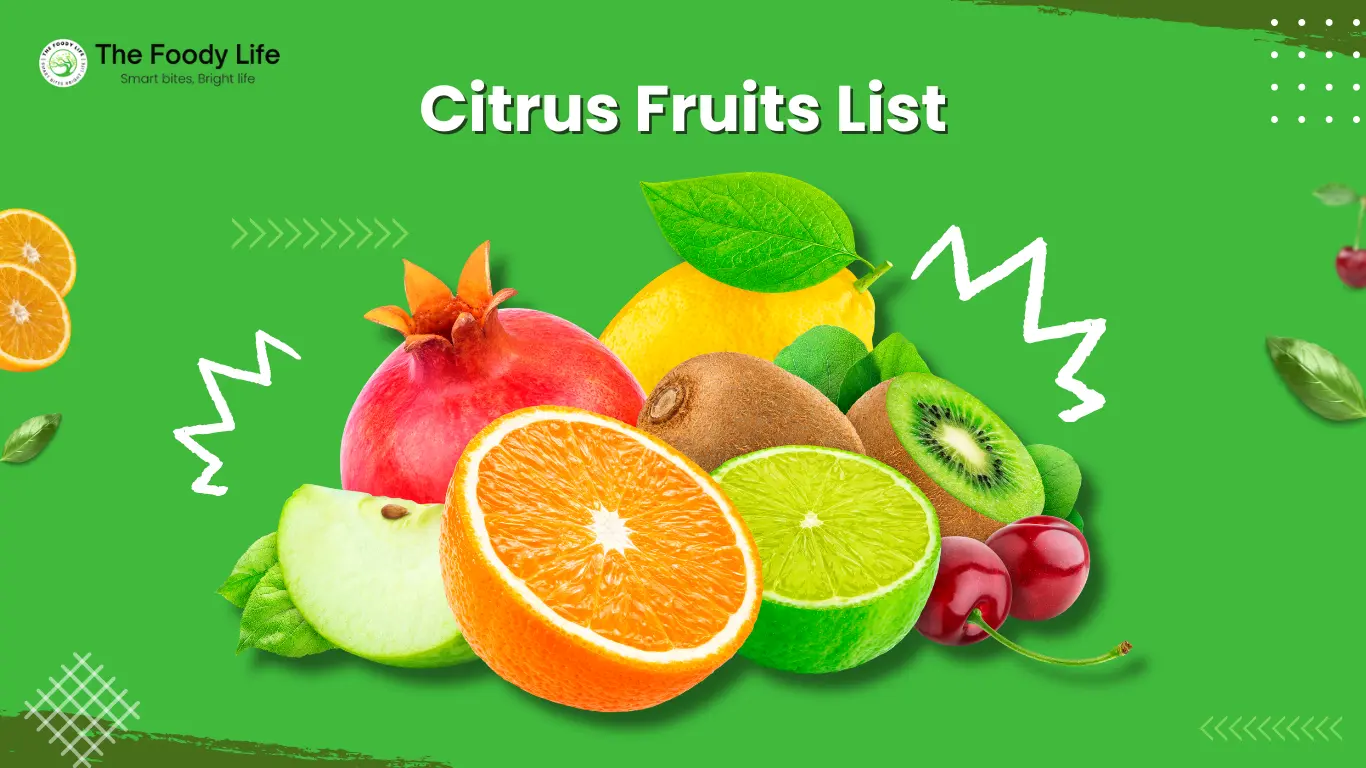


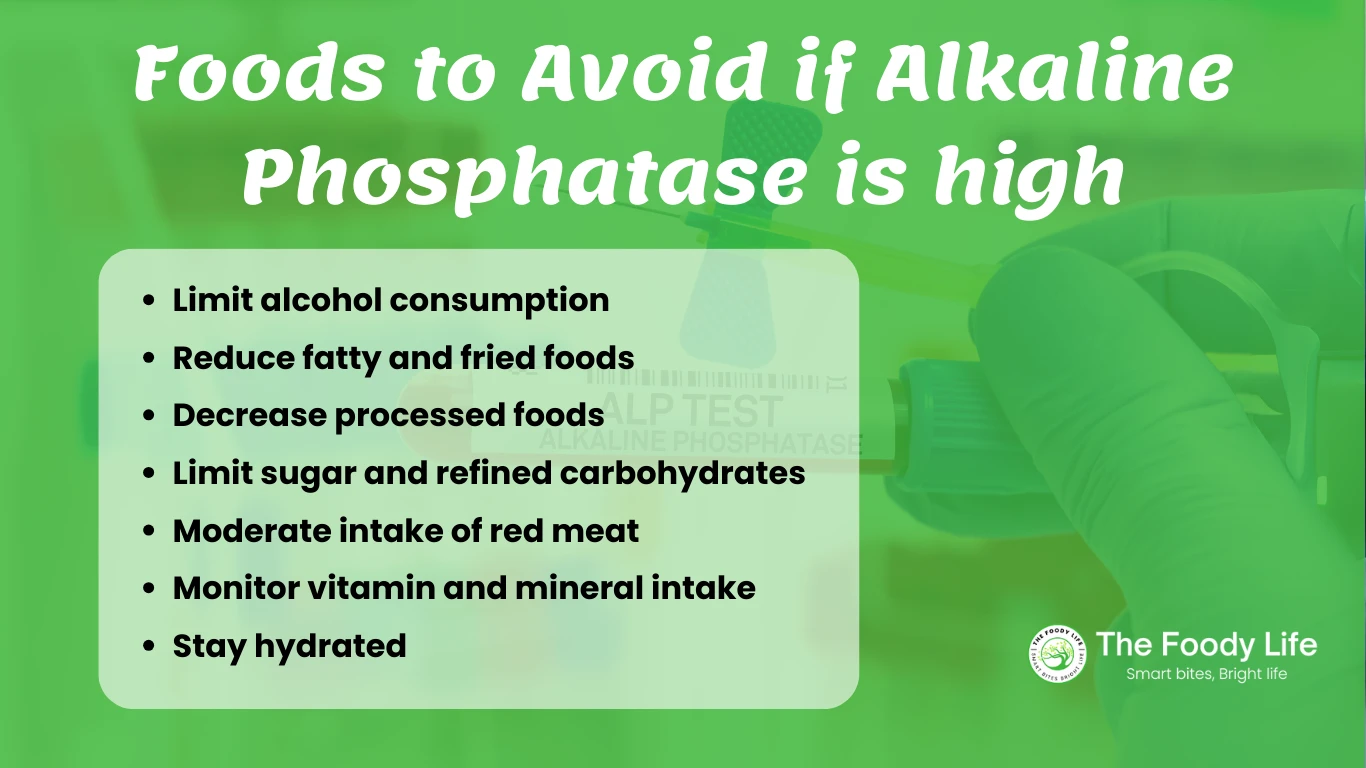

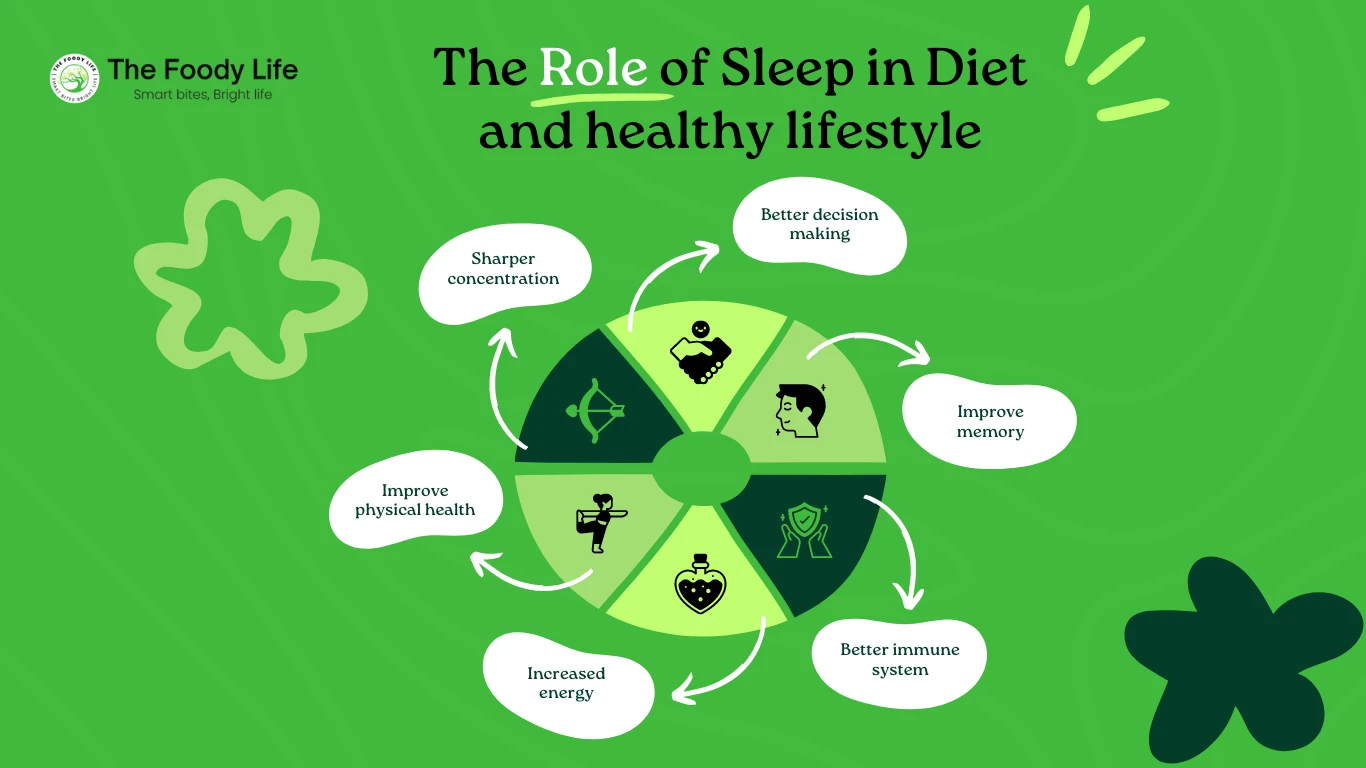
11 thoughts on “Making Healthy Choices List of Dry Fruits for Diabetics to Eat”
Pingback: What are the importance of eating fruits in our lives?
helloI really like your writing so a lot share we keep up a correspondence extra approximately your post on AOL I need an expert in this house to unravel my problem May be that is you Taking a look ahead to see you
oi, gostei muito da sua escrita, compartilhe, entraremos em contato mais sobre seu artigo na AOL, preciso de um especialista nesta área para resolver meu problema Talvez seja você. Ansioso para vê-lo
O que eu não entendo é na verdade como você não é realmente muito mais querido do que é agora Você é muito inteligente Você sabe, portanto, significativamente no caso deste tópico que me produziu individualmente, imagine-o de vários ângulos diferentes É como homens e mulheres não pareça fascinado até que seja algo a ver com Mulher gaga Suas próprias coisas são legais Todo o tempo cuide disso
BYU Cougars I’m often to blogging and i really appreciate your content. The article has actually peaks my interest. I’m going to bookmark your web site and maintain checking for brand spanking new information.
Fran Candelera This was beautiful Admin. Thank you for your reflections.
What i do not understood is in truth how you are not actually a lot more smartlyliked than you may be now You are very intelligent You realize therefore significantly in the case of this topic produced me individually imagine it from numerous numerous angles Its like men and women dont seem to be fascinated until it is one thing to do with Woman gaga Your own stuffs nice All the time care for it up
Lois Sasson For the reason that the admin of this site is working, no uncertainty very quickly it will be renowned, due to its quality contents.
Isla Moon I truly appreciate your technique of writing a blog. I added it to my bookmark site list and will
I like what you guys are up too. Such intelligent work and reporting! Carry on the superb works guys I’ve incorporated you guys to my blogroll. I think it’ll improve the value of my site :).
Back Magazin I truly appreciate your technique of writing a blog. I added it to my bookmark site list and will